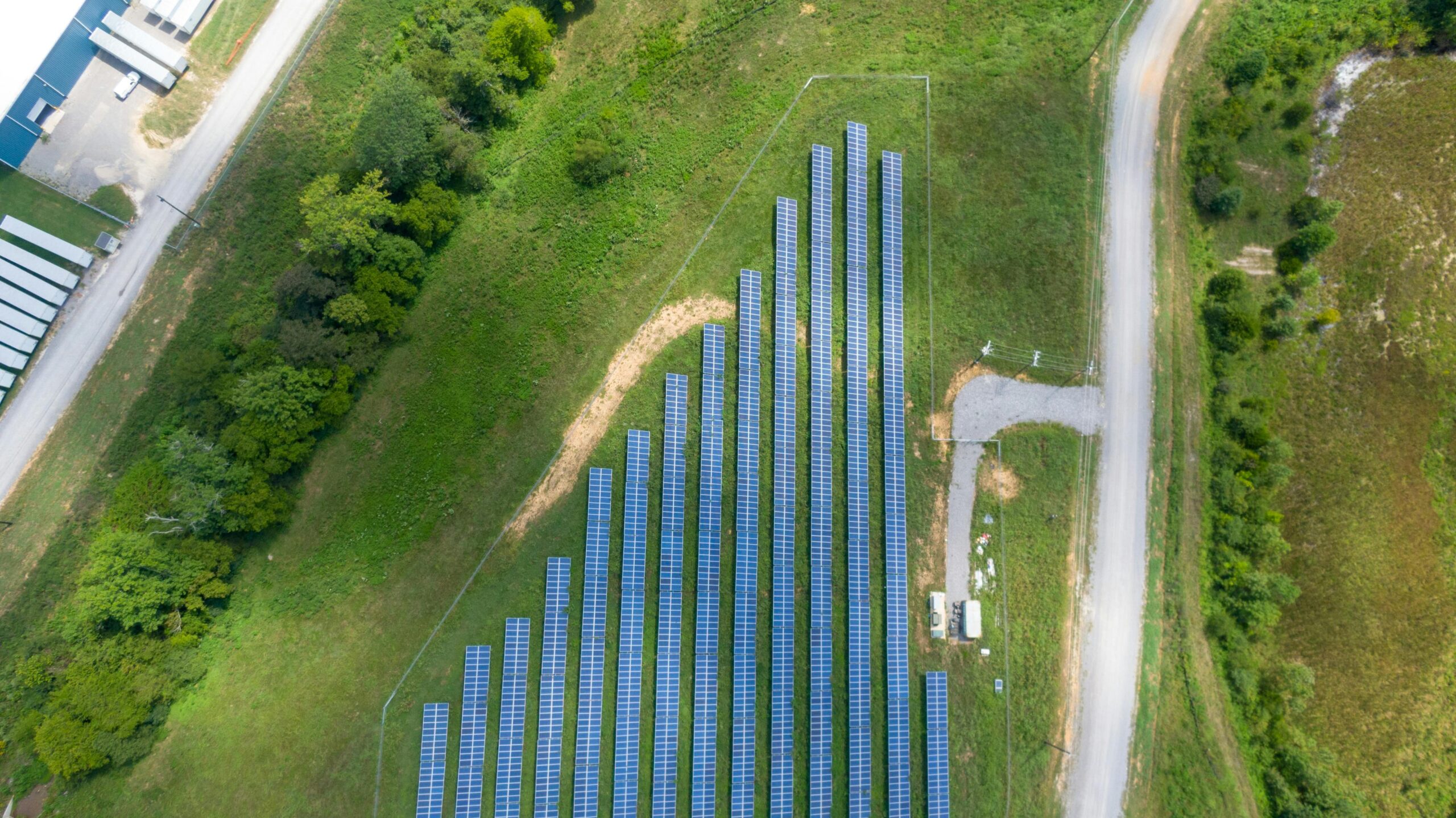Indiana isn’t alone facing hurdles potentially deploying millions of dollars in new federal funding aimed at helping low- and middle-income households access the benefits of solar energy.
Wisconsin leaders are celebrating a $62 million grant from the Biden administration to help install solar power in homes and in community projects.
But there’s a catch: Those types of solar projects in neighborhoods and on multi-family buildings can conflict with state law.
It’s unclear at this point how state agencies and solar proponents will get around that complication. The question is expected to be answered in the coming months as stakeholders and the state finalize the grant planning.
The Cap Times, May 2024, “Wisconsin can pay for solar on thousands of homes, but faces hurdles”
Wisconsin, like Indiana and more than 20 other states, has laws that make it difficult for residents to access independent or third-party community solar projects. These laws are often written in a way that benefits monopoly utilities, which can make it more expensive and time-consuming for residents to go solar.
There are a number of reasons why states should change their laws to make it easier for residents to access independent or third-party community solar projects. First, community solar can help to reduce greenhouse gas emissions and air pollution. Second, it can create jobs and boost the economy. Third, it can help to lower electricity bills for residents.
The goal of the federally funded Solar for All program is to make solar energy more accessible and affordable for all Americans, particularly those in disadvantaged communities, while also promoting environmental sustainability and economic development.
In Indiana, there is a growing movement to change the state’s laws to make it easier for residents to access community solar. In 2022, the Indiana General Assembly passed a law that protects the property rights of Hoosiers who want to go solar. The law provides a clear path for homeowners in restrictive HOAs to get approval from their neighbors to install solar panels.
However, there is still more that can be done to make community solar more accessible in Indiana. The state should pass a law that allows for the creation of independent community solar projects. This would allow residents to choose from a variety of solar providers and get the best possible price for solar energy.
In addition, the state could provide incentives for community solar projects. This would help to make solar more affordable for residents and businesses.
Finally, the state could educate residents about the benefits of community solar. This would help to raise awareness of the issue and encourage more people to support community solar.
By taking these steps, Indiana can make it easier for residents to access community solar and reap the benefits of this clean energy source.

